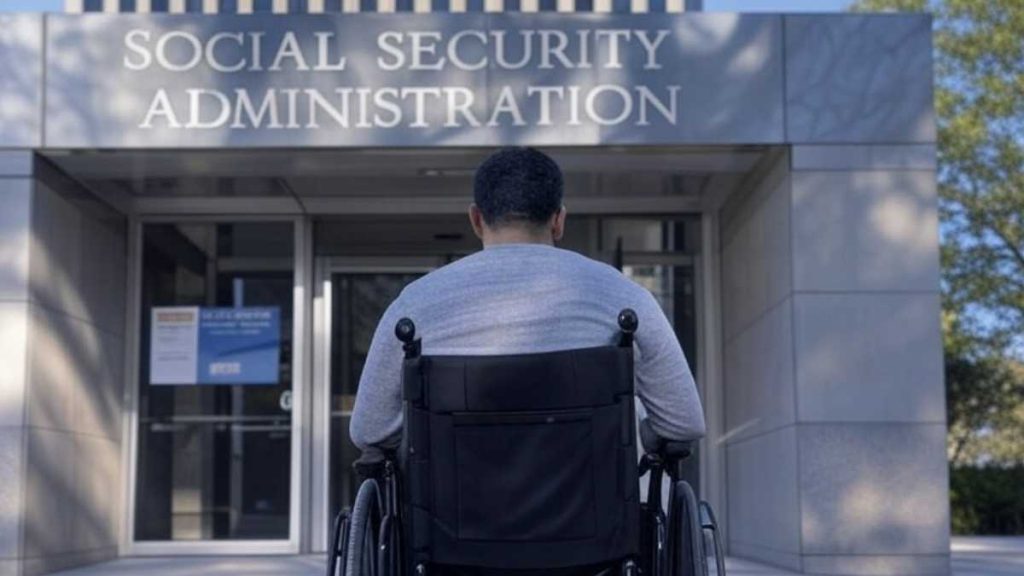In the year 2025, the Social Security Administration (SSA) has adjusted disability benefits (SSDI) amounts, increasing the maximum monthly payment following a 2.5% COLA (Cost-of-Living Adjustment) for this fiscal year. However, not all beneficiaries will receive this maximum amount, as every payment approved by the agency depend on factors such as prior work earnings and years of contributions to the Social Security system.
SSDI benefits are determined based on a beneficiary’s average lifetime earnings before becoming disabled. Those with higher earnings and greater contributions to Social Security (through FICA taxes) typically receive higher payments.
To qualify for the maximum benefit of $4,018 per month in 2025, beneficiaries must meet specific prerequisites: at least 35 years of work, having reached the FICA tax limit multiple times, and accumulating 40 work credits, equivalent to nearly 10 years of job history.
Eligibility Requirements for SSDI
The SSDI program delivers financial assistance to workers who have developed a disability preventing them from engaging in substantial gainful activity. To qualify, applicants must:
- Have a work history with contributions to Social Security (FICA taxes).
- Meet the SSA’s definition of disability, which requires a medical condition lasting at least one year or resulting in death, and which prevents the individual from performing significant work.
SSDI Payment Schedule for February 2025
SSDI payments are distributed on specific dates each month, determined by the beneficiary’s birthdate and when they began receiving benefits. For February 2025, the payment schedule is as follows:
- February 3: Beneficiaries who started receiving benefits before May 1997, regardless of birthdate.
- February 12: Beneficiaries born between the 1st and 10th of any month, who began receiving benefits after May 1997.
- February 19: Beneficiaries born between the 11th and 20th of any month, who began receiving benefits after May 1997.
- February 26: Beneficiaries born between the 21st and 31st of any month, who began receiving benefits after May 1997.
SSI Payment Adjustment for February 2025
Some individuals may qualify for both Social Security Disability Insurance (SSDI) and Supplemental Security Income (SSI) simultaneously, a situation often referred to as receiving “concurrent benefits.” This occurs when a person meets the eligibility criteria for both programs, which are administered by the SSA but have distinct requirements.
So, if at the same time, you’re claiming Supplemental Security Income (SSI, the payments for February will be issued on January 31, as the agency does not process payments on weekends or holidays. From the SSDI program you can get as much as $4,018, and from the SSI you can get up to $967.
While SSDI is based on the employee’s work history, the SSI benefits are based on the individual’s needs. SSI recipients typically qualify for Medicaid, while SSDI recipients become eligible for Medicare after a 24-month waiting period. Concurrent beneficiaries may have access to both programs.
